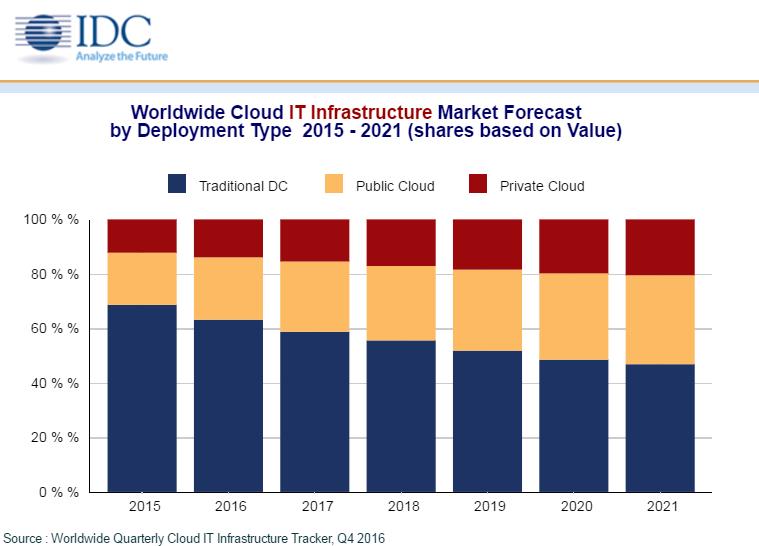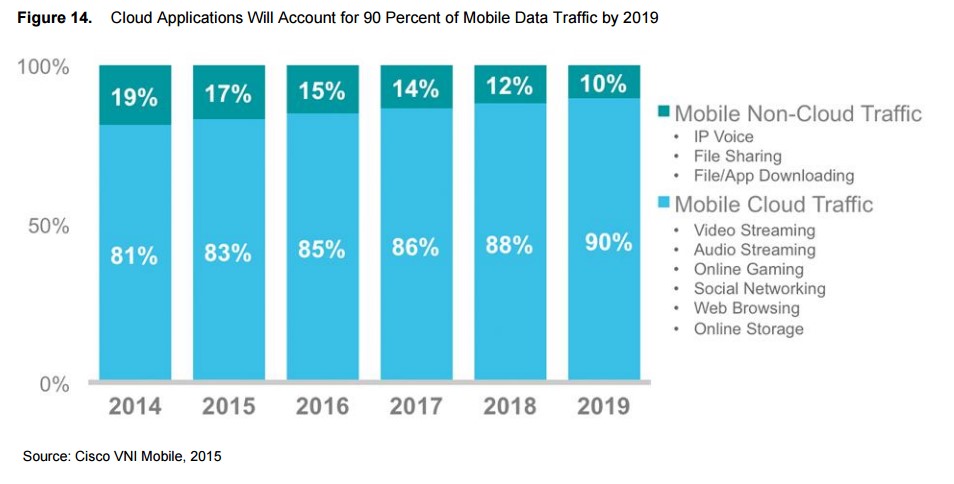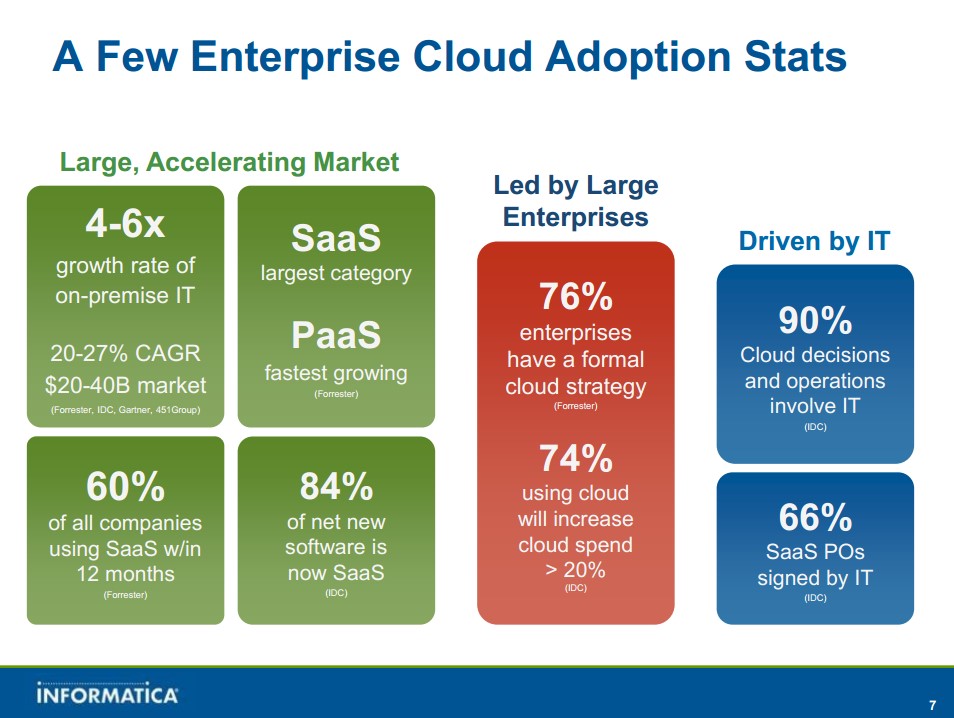Other recent blogs
Let's talk
Reach out, we'd love to hear from you!
Why do technology providers choose Hybrid Cloud integration?
Often, companies choose a hybrid cloud environment, wherein they integrate SaaS applications with resident on-premise applications in the backdrop of the customer’s firewall.
Is Cloud Integration different from traditional middleware?
Traditional middleware was in use much before the rise of cloud computing. They include integration server products comprising of connectors/adaptors that connect several applications together. Cloud applications such as Salesforce already have these connectors or add new ones.
What ISVs can do to survive the Digital Transformation wave?


Cloud, the emerging technology trend today, is revolutionizing the way of doing business; the speed of this transformation and its efficiency has increased over a period of few years.
What are the experts saying? Gartner concluded in its recent research: “Cloud computing is mainstream, with approximately 58% of organizations well down the path of using cloud services to support some aspect of their business.”
Cisco research also predicts: “By 2019, 90% of mobile data traffic will be generated through cloud applications”, as shown in the graph.
IDC predicts major investment on public cloud data centers (60.5%) rather than off-premises private cloud environments which will account to 14.9% of spending. On-premises private clouds will account for 62.3% of spending on private cloud IT infrastructure and will grow 13.1% year over year in 2017.
A KPMG Study on Cloud Adoption

Key Challenges Of Adopting Cloud
- Automatic upgrades;
- Efficient data governance;
- Unified integration and exchange; -
- Centralized operations; -;
- Ensuring business scalability. -
Kellton Tech helps ISVs address the challenges of implementing cloud based solutions.
Challenge #1: Migration to cloud services
Migration comes with a strategic guidance combined with technology feasibility study, functional implications and financials which CIO’s and enterprises must look out for before they go forward. Costs incurred in recovering lost data increases the financial risks and your reputation will also be at stake. Moreover, legacy tools of the cloud infrastructure may not integrate and connect with the traditional systems and data repositories. Higher dependency of existing infrastructure on different cloud applications is a major roadblock why enterprises do not choose to migrate to the SaaS model.
Challenge #2: Transforming Digital Security Landscape
The connected network has spread widespread concerns among consumers related to security risks of mobile applications. Multitenant cloud environment poses a greater security risk because they share the database infrastructure.
Hence, cloud technology adopters must have a proper strategy to protect their IP address to meet the huge challenge of data breaches and cyber threats. In this way, enterprises would deliver seamless and non-disruptive customer experience.
Challenge #3: Third Party API Integration
Lack of knowledge of commands and functionalities make it difficult to integrate APIs. On one hand dependency on third party APIs may reduce overall development cost; however, in cases of downtime, it may result in poor UX whereas well-tested APIS deliver robust experience always. Often, these APIs are exposed to cybersecurity threats which pose a huge challenge to ISVs; product errors have a negative impact on the time-to-market. Additionally, some of the existing features may get deleted when you upgrade your system to a third-party application.
Challenge #5: Investing in the emerging technology
ISV’s realize that they need to re-define their product strategy in the fast-evolving technology landscape of disruptive emerging technologies like IoT, cloud computing etc. ISVs, whether startups or enterprise must ask themselves, what emerging technologies should they invest in? How do they as an ISV reduce the associated risk of failure or costly mistakes? While at the same time they must understand its relevance to their industry. What is promising today could quickly fly away in less than 6 months. So finding the right technology and investing time, money and resources becomes critical.
Challenge #4: Automation testing
Automation testing involves execution of pre-scripted tests to deliver instant feedback and shorter development cycles. Successful automation is a combination of right skill sets, tools, and approach. Rethink your approach while making changes to the existing testing processes as it involves a huge amount of multivariate data. Additionally, test cases are based on several factors – business logic, risks involved etc. Therefore, Moreover, you need to invest more time in developing a testing framework that synchronizes the business logic with test case executions.
Challenge #6: Lack of Strategic Vision
Digital transformation roadmap enables total revamp of activities, processes, and capabilities across the organization in order to keep pace with the ever-changing nature of technology evolution. The major roadblocks include lack of strategic vision, change management strategy, and improper business planning. The organizational culture is a key parameter for successful digital transformation. Digital culture requires an organization to practice transparency as a core value; ISVs find it difficult to innovate, adapt processes according to customer needs. Product teams fail to drive collaborations as well as cross-channel customer engagement.
Kellton Tech has helped technology providers and enterprises right from ideation to product delivery through mission-critical enterprise solutions. Leverage your resources to develop a secure, robust, and -efficient product with our ready digital frameworks and solutions.
Have an idea? We can deliver it with our Minimum Viable Product (MVP) in 84 days. Let’s Talk.






